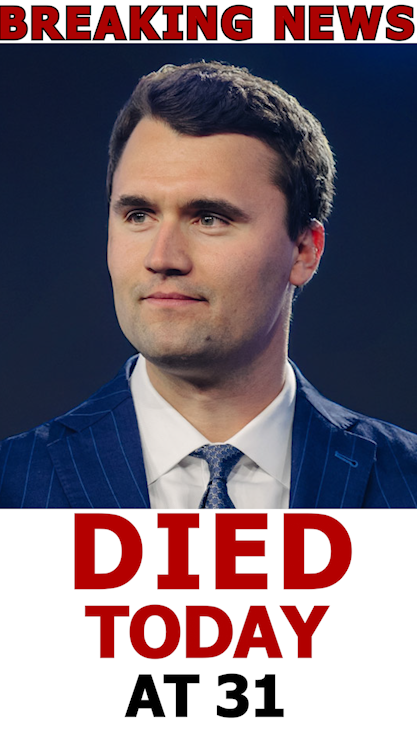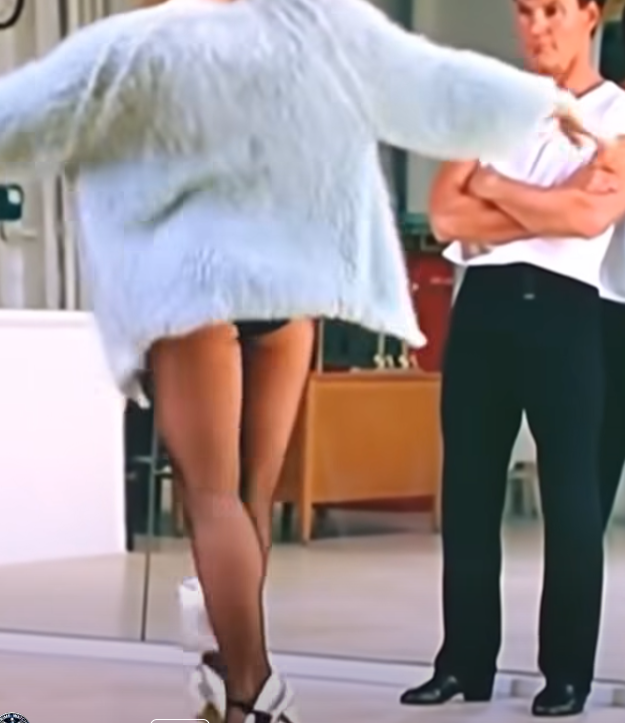What seemed like an ordinary moment ended in tragedy for an 18-year-old worker in India. In a shocking incident that has since been detailed in a medical journal, the young man suffered a rare and fatal spinal injury—all because of one split-second action.

A Routine Day Turned Fatal
It was a regular workday in September 2022 when the unthinkable happened. The young worker was standing at his job site when a heavy metallic object—possibly a pipe or beam—suddenly fell from above and struck him squarely on the front of his head.
The blow knocked him unconscious instantly. Within moments, he was in respiratory distress and shock. Emergency responders quickly arrived on the scene, intubated him, and stabilized his neck with a cervical collar before transporting him to a nearby hospital.
What Doctors Found Was Extremely Rare—and Lethal
Once at the hospital, a CT scan revealed an unusual and devastating injury: a fracture to the C5 vertebra that had been pushed backward into the spinal canal. This was no typical spinal injury.
- There were no signs of dislocated facet joints or broken pedicles, which usually accompany such damage.
- A secondary fracture was also found at the back upper corner of the C6 vertebra.
- The injury resembled a “nutcracker” effect, where intense pressure causes the vertebra to collapse and crush backward.
According to doctors, this injury pattern didn’t fit into any existing medical classification systems. It was the first known case of its kind.

A Desperate Fight for Survival
Despite being placed on ventilator support and having cervical traction applied to relieve pressure on the spinal cord, the young man’s condition worsened. He died just two days after the accident.
Medical teams determined that the severity and location of the damage left no realistic surgical options.
Why This Case Matters to Everyone
This incident wasn’t just a freak accident—it’s a wake-up call for industries, safety officials, and even individuals at home.

Here’s why it matters:
- Even a single heavy object falling from above—from a relatively modest height—can cause catastrophic spinal damage and death.
- The injury didn’t follow any known patterns, exposing a critical gap in medical classification systems used to diagnose and treat spine injuries.
- It highlights how fragile and vulnerable the cervical spine is, particularly between C3 and C7, which support most neck movements.
What Happens When a Vertebra Retropulses
When a vertebral body fractures and moves backward (retropulsion), it can compress the spinal cord severely. This can lead to:
- Immediate paralysis
- Respiratory failure
- Hemodynamic instability (low blood pressure, weak pulse)
- Death if not treated within hours
In this case, despite textbook emergency care, the injury was simply too severe and too rare to be managed successfully.

What We Can Learn — and How to Prevent This
For Workplaces and Employers:
- Always require workers to wear certified safety helmets where overhead hazards exist.
- Never allow workers to stand under suspended materials—even for a second.
- Secure heavy objects using straps, shelves, nets, or brackets to prevent falling.
- Provide regular training on overhead hazard awareness and emergency protocols.
For Emergency Responders and the Public:
- If someone suffers a suspected neck injury, do not move them.
- Stabilize the head and neck if trained to do so.
- Call emergency services immediately.
- Avoid jerking or repositioning the person, as it may worsen spinal cord damage.
Final Reflection
This heartbreaking case serves as more than a medical rarity—it’s a reminder that safety cannot be an afterthought. A single moment, a single dropped object, and a single oversight can cost a life.
For safety officers, medical professionals, and everyday people alike, this incident reinforces the importance of prevention, proper training, and staying alert to the dangers above our heads.
Let this story be a cautionary tale—and a call to action.



